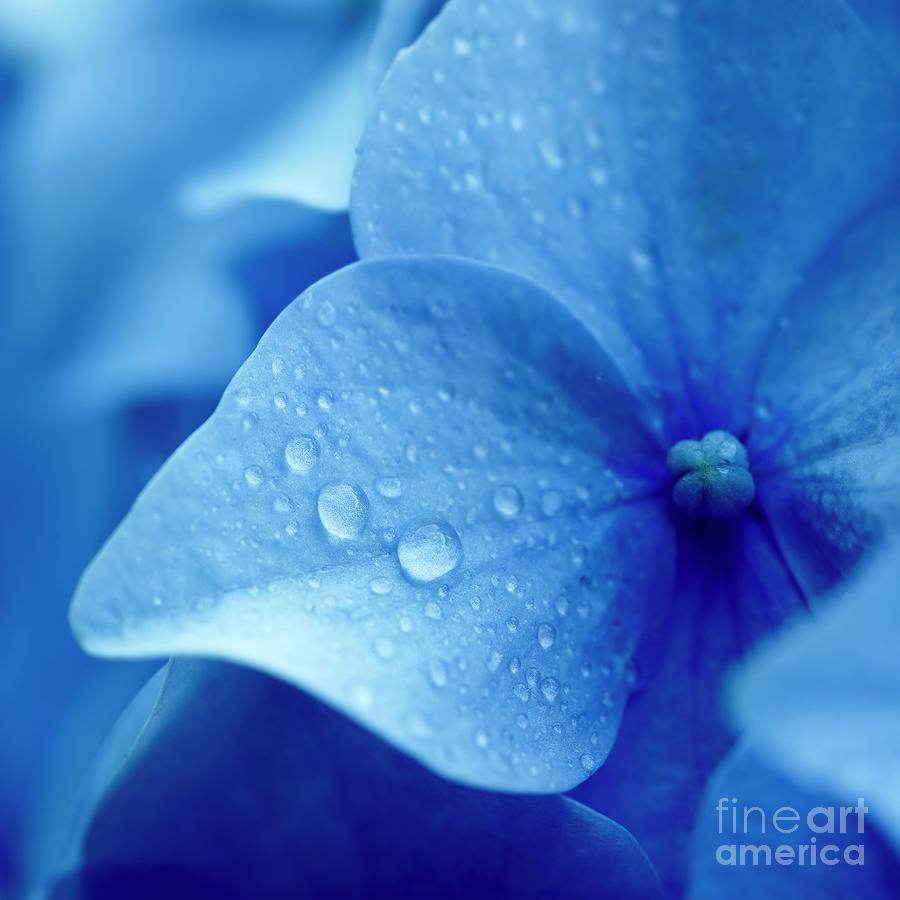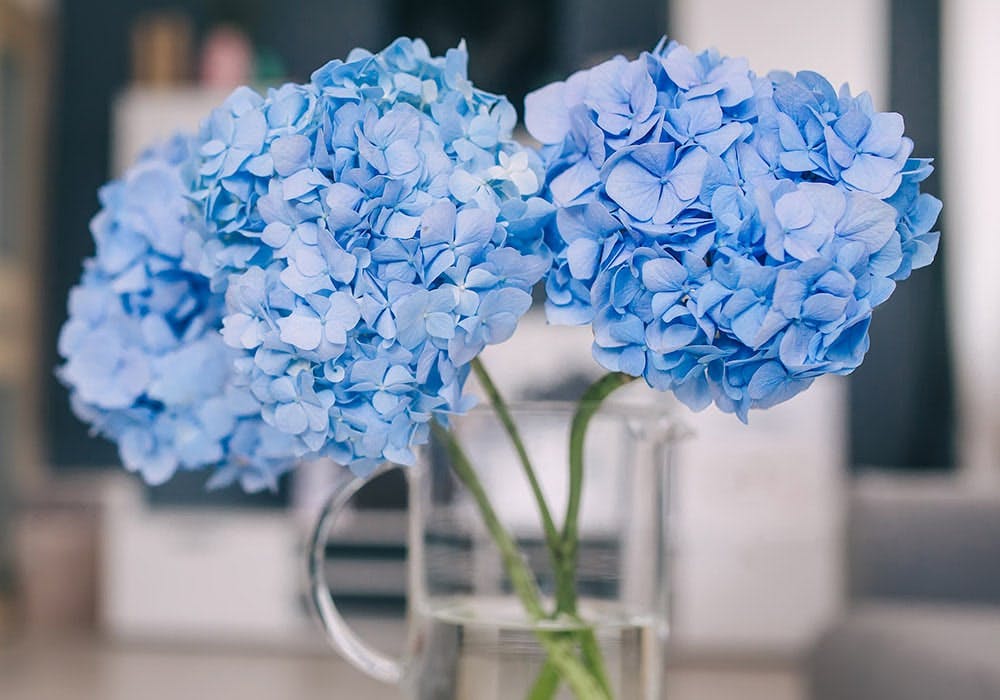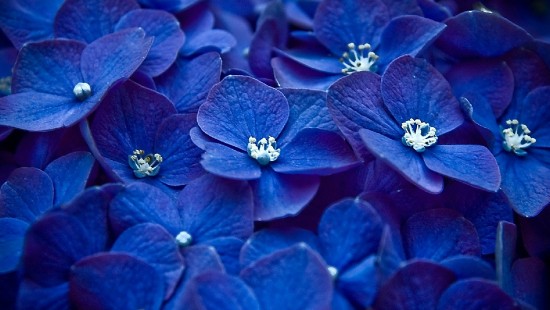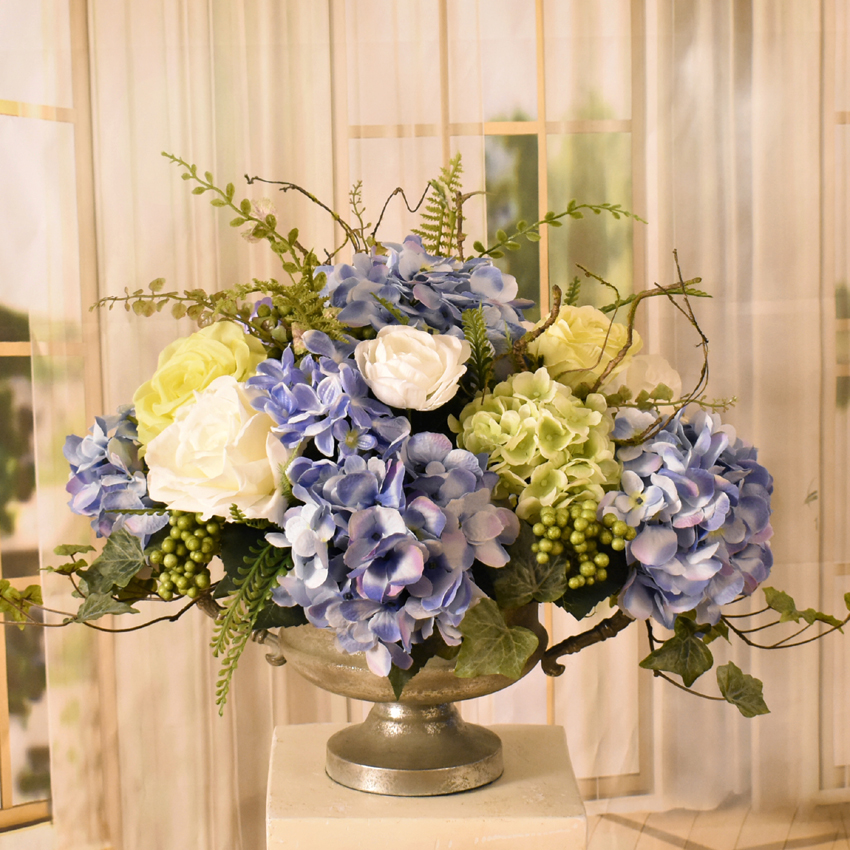The Secret To Growing Vibrant Blue Hydrangea Flowers
The Secret to Growing Vibrant Blue Hydrangea Flowers
Hydrangeas are one of the most popular flowering shrubs in the world, and for good reason. They come in a wide variety of colors, from white to pink to blue, and they can be grown in a variety of climates. But if you're looking for the most vibrant blue hydrangea flowers, there are a few things you need to know.
The secret to growing vibrant blue hydrangea flowers is to plant them in acidic soil. Hydrangeas get their blue color from aluminum, and aluminum is more soluble in acidic soil. So, if you have alkaline soil, you'll need to lower the pH before you plant your hydrangeas.
There are a few ways to lower the pH of your soil. You can add sulfur, aluminum sulfate, or peat moss to the soil. You can also plant your hydrangeas in a container filled with acidic potting mix.
Once you've planted your hydrangeas in acidic soil, you need to keep the soil acidic. You can do this by adding acidifying fertilizers to the soil, or by mulching the soil with pine needles or oak leaves.
Here are some additional tips for growing vibrant blue hydrangea flowers:
- Plant your hydrangeas in a location that gets partial shade. Too much sun can make the flowers fade.
- Water your hydrangeas regularly, especially during hot, dry weather.
- Fertilize your hydrangeas in the spring with a fertilizer that is high in nitrogen.
- Deadhead your hydrangeas regularly to encourage new blooms.
With a little care and attention, you can grow vibrant blue hydrangea flowers that will add beauty to your garden for years to come.
Main Content
Soil pH
The pH of your soil is a measure of how acidic or alkaline it is. A pH of 7 is neutral, while a pH below 7 is acidic and a pH above 7 is alkaline. Hydrangeas prefer acidic soil with a pH of 5.5 to 6.5.
If your soil is alkaline, you can lower the pH by adding sulfur, aluminum sulfate, or peat moss to the soil. You can also plant your hydrangeas in a container filled with acidic potting mix.
Watering
Hydrangeas need regular watering, especially during hot, dry weather. Water your hydrangeas deeply and infrequently to encourage deep root growth.
Fertilizing
Hydrangeas should be fertilized in the spring with a fertilizer that is high in nitrogen. You can use a general-purpose fertilizer, or you can use a fertilizer that is specifically formulated for hydrangeas.
Deadheading
Deadheading is the process of removing spent blooms. Deadheading encourages new blooms to form. You can deadhead hydrangeas by pinching off the spent blooms with your fingers, or you can use a pair of scissors.
Other Tips
- Hydrangeas prefer partial shade. Too much sun can make the flowers fade.
- Hydrangeas are relatively pest- and disease-resistant. However, they can be susceptible to powdery mildew. If you see powdery mildew on your hydrangeas, you can treat it with a fungicide.
- Hydrangeas can be pruned in the spring or fall. However, it is best to prune them in the spring, before they start to bloom.
Conclusion
With a little care and attention, you can grow vibrant blue hydrangea flowers that will add beauty to your garden for years to come. Remember to plant your hydrangeas in acidic soil, water them regularly, fertilize them in the spring, and deadhead them regularly. With a little TLC, you'll be rewarded with beautiful blue hydrangeas that will brighten your garden for years to come.
Blue hydrangea flowers are a sight to behold. Their large, round blooms come in a variety of shades of blue, from sky blue to navy blue. They are a popular choice for gardens and bouquets, and they are said to symbolize sincerity, gratitude, and apology.
If you are interested in learning more about blue hydrangea flowers, I suggest you visit . This website has a wealth of information about these stunning flowers, including their history, symbolism, and care requirements. You'll also find a variety of tips on how to grow and care for blue hydrangeas in your own garden.
I hope you enjoy learning more about blue hydrangea flowers!
FAQ of blue hydrangea flowers
1. What causes blue hydrangea flowers to turn pink?
The color of hydrangea flowers is determined by the pH level of the soil. In acidic soil (pH below 7), hydrangeas will bloom blue. In alkaline soil (pH above 7), hydrangeas will bloom pink. If you have a blue hydrangea that is turning pink, you can try to lower the pH of the soil by adding sulfur or aluminum sulfate.
2. How can I make my hydrangeas bluer?
There are a few things you can do to make your hydrangeas bluer. First, make sure that the soil is acidic. You can test the pH of your soil with a pH test kit. If the pH is above 7, you can add sulfur or aluminum sulfate to lower the pH. You can also add compost or pine needles to the soil, as these materials help to acidify the soil.
Second, water your hydrangeas with rainwater or distilled water. Tap water can contain minerals that can make the soil alkaline, so it is best to use rainwater or distilled water if you want to keep your hydrangeas blue.
Finally, you can fertilize your hydrangeas with a fertilizer that is specifically designed for hydrangeas. These fertilizers often contain aluminum sulfate, which will help to keep the soil acidic and the flowers blue.
3. How long do blue hydrangeas last?
Blue hydrangeas typically bloom in the summer, and the flowers can last for several weeks. However, the exact length of time that the flowers last will depend on the variety of hydrangea, the climate, and the amount of care that the plant receives.
4. What are some tips for caring for blue hydrangeas?
Blue hydrangeas are relatively easy to care for, but there are a few things you can do to keep them healthy and blooming. First, plant your hydrangeas in a spot that gets full sun or partial shade. Hydrangeas also need well-draining soil, so make sure that the soil is not too wet.
Water your hydrangeas deeply and regularly, especially during the summer months. You should also fertilize your hydrangeas once a year in the spring.
5. What are some common pests and diseases that can affect blue hydrangeas?
Blue hydrangeas are susceptible to a few pests and diseases, but they are not usually too problematic. Some common pests that can affect hydrangeas include aphids, scale, and spider mites. Some common diseases that can affect hydrangeas include leaf spot, powdery mildew, and verticillium wilt.
If you notice any pests or diseases on your hydrangeas, you can treat them with insecticidal soap, neem oil, or a fungicide.
Image of blue hydrangea flowers
- A close-up of a single blue hydrangea flower. The petals are a deep, vibrant blue, and they are arranged in a loose, cascading cluster.

- A cluster of blue hydrangea flowers in a vase. The flowers are a variety of shades of blue, from light lavender to deep navy. They are surrounded by green leaves and have a delicate, wispy appearance.

- A field of blue hydrangea flowers in bloom. The flowers are a uniform shade of sky blue, and they fill the field with a sense of peace and tranquility.
- A blue hydrangea flower macro shot. The petals are a deep blue, and they are covered in tiny water droplets. The sun is shining through the petals, creating a beautiful, ethereal effect.

- A blue hydrangea flower arrangement. The flowers are arranged in a vase with white hydrangeas and baby's breath. The arrangement is simple, yet elegant, and it would make a beautiful centerpiece for a wedding or other special event.

Post a Comment for "The Secret To Growing Vibrant Blue Hydrangea Flowers"